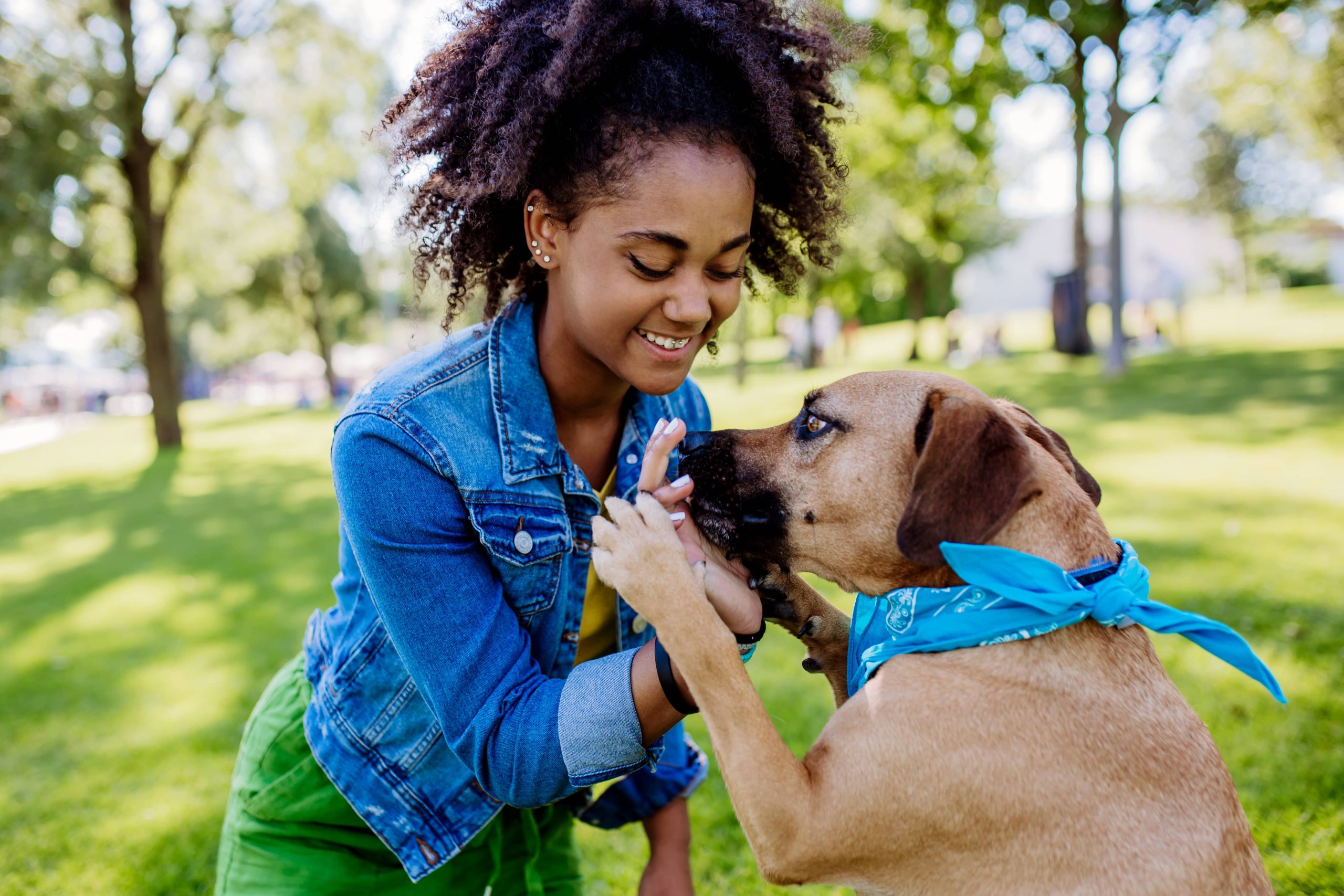
When adopting a rescue pet from a shelter or a rescue group, you may not know much about its background. Some rescue animals have experienced neglect, abuse, or other traumas that can significantly impact their behavior and emotional well-being. While bringing a new pet into your home is always an adjustment, adopting a rescue pet with a challenging history requires special consideration, empathy, and patience. This blog post will explore how to train a rescue pet with such a past and create a nurturing environment for them to thrive.
Understanding Your Rescue Pet’s Background
Before diving into the training process, understanding as much as possible about your new pet’s background is essential. Shelters and rescue groups often have information about a pet’s history, health, and any existing behavioral issues. This data can provide valuable insights into any trauma the animal may have experienced and help you tailor your approach accordingly.
When dealing with a pet that might have been neglected or abused, it is crucial to understand that their mistrust of humans or other animals does not stem from bad behavior but from fear and survival instincts. Changing these ingrained reactions takes time and consistent positive reinforcement.
Initial Steps: Building Trust and Security
1. Establish a Safe Environment:
Upon bringing your rescue pet home, create a safe and quiet space where they can relax and feel secure. This area should be cozy, include their bed, toys, and food, and be free from excessive noise or other stressors. Having a designated safe zone helps them gradually get accustomed to their new environment without feeling overwhelmed.
2. Patience and Consistency:
Adopt a patient, calm approach. You may have moments of frustration, but it’s important to remember that consistency and patience are key to helping your rescue pet adjust. Avoid sudden movements or loud noises that might startle your pet and trigger anxiety.
3. Understanding Body Language:
Learn to read your pet’s body language. Recognizing signs of stress such as panting, growling, hiding, or pacing can help you address their discomfort promptly and adjust your approach. Conversely, identifying relaxed behaviors like a soft wagging tail in dogs or purring in cats can indicate when your pet feels more comfortable.
Positive Reinforcement Training
1. Reward Good Behavior:
Positive reinforcement is one of the most effective techniques to train any pet, but it is especially important for those with challenging backgrounds. Reward your pet with treats, praise, or petting whenever they display desirable behaviors. This association teaches them that good behavior leads to positive outcomes, encouraging them to repeat those behaviors.
2. Use High-Value Treats:
Treats are a powerful motivator. Start with high-value treats—special snacks that your pet particularly loves. This strategy can be especially effective for nervous or skittish animals who might otherwise struggle to engage in training activities.
3. Short and Frequent Training Sessions:
Training sessions should be kept short—around 5 to 10 minutes—to prevent overwhelming your pet. However, aim to have multiple sessions throughout the day. Frequent, consistent training sessions help reinforce learning while keeping your pet engaged.
Addressing Specific Behavioral Issues
1. Fear and Anxiety:
Fear and anxiety are common in rescue pets with traumatic backgrounds. Desensitization techniques can be effective, such as gradually exposing your pet to challenging stimuli at a controlled pace. For instance, if your pet is afraid of other dogs, start by maintaining a comfortable distance and gradually decreasing it over time while rewarding calm behavior.
2. Aggression:
Aggressive behavior might stem from fear or a past experience of having to defend themselves. It is essential to address aggression carefully and, if necessary, consult a professional trainer or animal behaviorist. Never punish aggressive behavior, as it can reinforce fear and mistrust.
3. Socialization:
Once your pet is more comfortable at home, gradually introduce them to new people and experiences. Socialization should be gentle and controlled–allowing your pet to explore at their own pace. Positive interactions can help build their confidence and reduce anxiety.
Professional Help and Support
1. Training Classes:
Consider enrolling your pet in professional training classes. Classes geared towards rescue animals or those with behavioral issues can provide structured learning and socialization opportunities. Trainers experienced in handling rescue pets can offer valuable tips and techniques.
2. Veterinary Care:
Regular veterinary check-ups are vital to ensure your pet’s health and address any underlying medical issues that might contribute to behavioral problems. Additionally, if your pet’s anxiety is severe, a vet might recommend medications or supplements to help manage it.
3. Fetching Expertise:
Seek guidance from animal behaviorists or trainers specializing in rescue animals. These experts can offer personalized advice and strategies based on your pet’s specific needs and history. Their input can be invaluable in addressing challenging behaviors comprehensively and compassionately.
Celebrating Progress
When training a rescue pet with a challenging background, celebrate the small victories. Each step forward, no matter how tiny, is a testament to your pet’s resilience and your dedication. A rescue pet’s journey to healing and confidence may be lengthy, but your unwavering support can make a world of difference.
Conclusion
Training a rescue pet with a challenging background requires patience, empathy, and dedication. By creating a safe and nurturing environment, utilizing positive reinforcement techniques, and addressing specific behavioral issues with compassion and patience, you can help your rescue pet overcome their past traumas and build a strong, trusting bond. Remember, the road to recovery is a marathon, not a sprint. With love and consistency, you can give your rescue pet the best chance at a happy, healthy, and fulfilling life.






